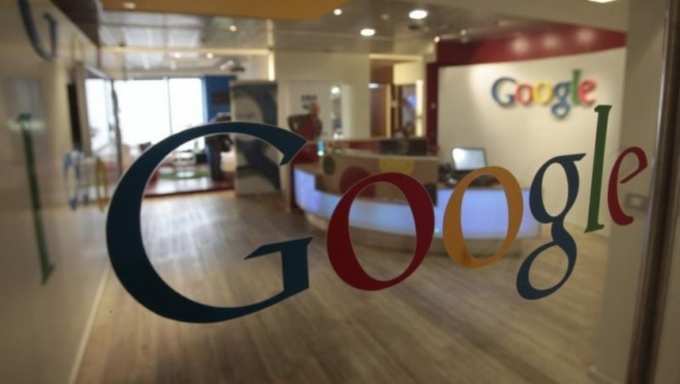
As per a news report in
The idea was to create an inexpensive virtual reality device that allowed anyone with a smartphone to do things like fly through a Google Earth map of
It is a comically simple contraption: A smartphone slips into the front so it sits just inches from a user's eyes. Peering through a pair of cheap, plastic lenses renders the images on the phone's screen in 3-D. It costs around $4.
Typical of the Google playbook, the company put Cardboard's specifications online so hobbyists and manufacturers could build them.
The Cardboard update is a modest offering compared with the product splashes of previous Google conferences, which have included a spherical
With Cardboard, Google's virtual reality is decidedly low cost and low frills, but, as in other Google efforts, like the free
Over the last year, Google has developed a 360-degree camera that looks like a chandelier rigged with 16 GoPro video recorders, and currently has about a dozen of them filming sights around the world. When run through Google's software and processors, the footage will turn into a virtual reality rendering that tries to mimic
"We wanted the viewer to be as dumb as possible and as cheap as possible because we basically wanted to open VR for everyone," David Coz, an
Cardboard was the final act of the show, which featured a giant screen that wrapped around a
Beyond the virtual reality videos it plans on putting on YouTube, Google is also using its Cardboard device in its growing education efforts. Over the last year, the company has been running a trial called Expeditions in about 100 classrooms, in which teachers can use the viewers to take their students on a tour of world sites.
(Image: Reuters)